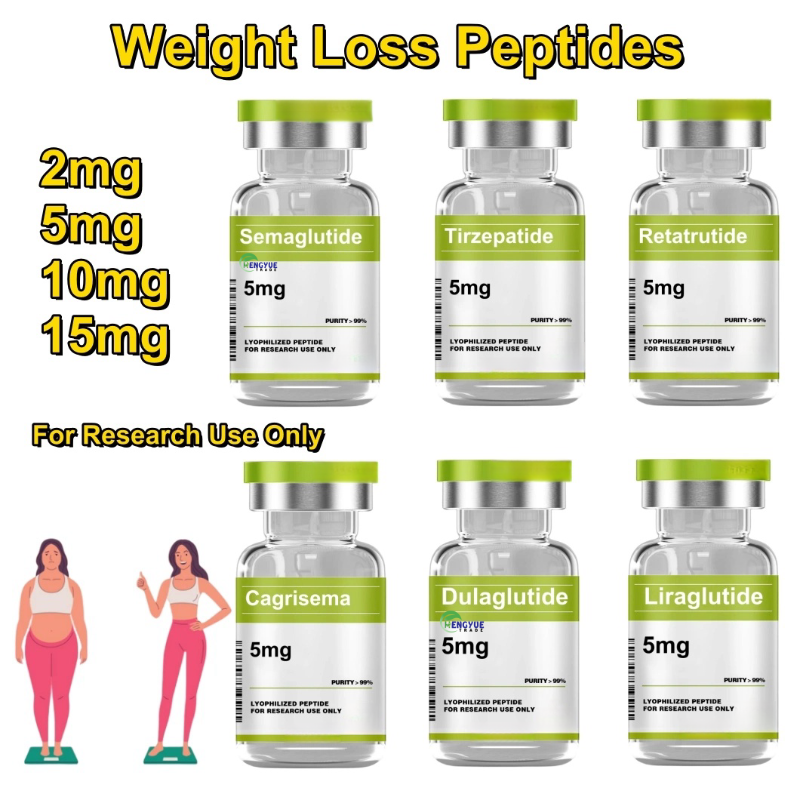Life is no longer priceless: the value framework of anticancer drugs issued by the American Society of Clinical Oncology
-
Last Update: 2015-06-25
-
Source: Internet
-
Author: User
Search more information of high quality chemicals, good prices and reliable suppliers, visit
www.echemi.com
Source: U.S - Chinese drug source June 25, 2015 [news event]: an ASCO working group led by Professor Lowell E schnipper of Harvard University published an online "scoring guide" for anticancer drugs in the Journal of clinical oncology on June 22 The guidelines rate cancer drugs in terms of survival efficacy, side effects, quality of life, and price The highest score was 130 points, of which 80 points could be obtained by prolonging the total survival or progression free survival compared with the standard therapy, and 20 points could be obtained by increasing or decreasing the side effects An additional 30 points will be awarded if the new drug can significantly alleviate symptoms or cause patients to no longer need treatment within a certain period of time But the price of drugs is not directly integrated into the score, but separately listed According to this evaluation system, Alimta, the heavyweight product of Lilly, unfortunately scored 0 and charged as much as $9200 a month The anti-cancer drug with the highest score is a triple regimen containing trastuzumab (Herceptin) It gets 48 points for HER2 positive breast cancer and charges us $73000 for a course of treatment [drug source analysis]: We recently discussed that one of the key technical topics of the 2015 ASCO annual meeting is how to deal with the increasing price of anticancer drugs At present, the average price of new anti-tumor drugs in the United States is about $10000 a month, some even up to $30000 Whether the price is reasonable or not reflects not only the overall payment ability of the society, but also the different pricing of pain and life in each country and region Of course, life is priceless ethically, but if a drug exceeds the patient's ability to pay, it loses its significance as a drug In order to cope with the rising drug prices, there have been a variety of "pricing guidelines" or restrictions from the government or non-governmental organizations The most famous in the west is the National Institute for health and Clinical Excellence (NICE), which assesses what medicines the NHS in England and Wales can take Based on the quality of life adjustment year (QALY), nice evaluates whether the cost of a drug is reasonable Generally speaking, it is reasonable to spend less than 20000 yuan in a QALY, and it is difficult to get the recommendation of nice if it is more than 50000 yuan The Sloan Kettering cancer center in New York is probably one of the strongest non-governmental organizations that strongly resist unreasonable drug prices It has successfully forced several anti-cancer drugs to reduce prices by as much as 50% Recently Sloan Kettering also launched a set of evaluation system called "drug abacus" to help patients understand the cost-effectiveness of anticancer drugs But these systems are relatively complex, and it takes a lot of time for the vast majority of patients to understand The scoring system launched by ASCO simplifies the complex statistical data of anticancer drugs to form a simple net health benefit score that can only be expressed in one number This "therapeutic value" refers to the side effects of a new anticancer drug compared with the additional efficacy of standard therapy And the ASCO team hopes to eventually build a mobile app that is convenient for patients and doctors Like other scoring systems, ASCO's therapeutic value scoring system is far from perfect and has many limitations Because most of the clinical trials of new drugs are compared with standard therapy or placebo, this scoring system can not directly compare the value of the same kind of new drugs in most cases, that is to say, it can not directly compare the advantages and disadvantages of drugs through the scores of these drugs According to Professor Lowell E schnipper, the system is just a mechanism for doctors or patients to help make the most appropriate treatment choice And the same drug for different indications and even compared with different control groups will give different scores So far, only a dozen drugs have been scored by the ASCO working group through the system, and some of them have higher scores, such as erlotinib (trokai) and cisplatin plus docetaxel or cisplatin plus gemcitabine compared with the treatment of metastatic non-small cell lung cancer score 44 (US $4600 per month), bortezomib (Vanke) treatment of advanced multiple myeloma score 47 (7000 per month) Zytiga scored 42 points ($7500 per month) for prostate cancer Other anticancer drugs, such as Roche's Avastin and Sanofi's jevtana, scored 16 points, while Lilly's Alimta, unfortunately, scored 0 Although these different drug price scoring systems are bound to be resisted by some doctors and drug factories, the author believes that in addition to the efficacy and safety, the price will soon become an important factor in doctors' prescription drugs.
This article is an English version of an article which is originally in the Chinese language on echemi.com and is provided for information purposes only.
This website makes no representation or warranty of any kind, either expressed or implied, as to the accuracy, completeness ownership or reliability of
the article or any translations thereof. If you have any concerns or complaints relating to the article, please send an email, providing a detailed
description of the concern or complaint, to
service@echemi.com. A staff member will contact you within 5 working days. Once verified, infringing content
will be removed immediately.







